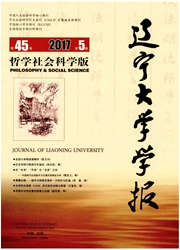

 中文摘要:
中文摘要:
下辽河流域地处东北地区的心腹地带,早在距今万年就已有古人类在此活动,在新石器时代阶段更分布有新乐下层文化、红山文化遗存、偏堡子文化等三种相继出现的考古学遗存,成为东北地区一个独立的考古学文化区。该区域三种新石器时代遗存在年代发展序列上具有连贯性,却谱系关系疏离,其各自的形成和发展都表现为区域外文化的影响和作用。同时,下辽河流域文化的演进和更替又与东北地区文化的发展进程保持一致,区域内文化为东北地区新石器文化的发展和融合起到了积极的推动作用。
 英文摘要:
英文摘要:
The lower part of Liao River basin is located in the heartland of the Northeast. As early as ten thousand years ago there were ancient human beings living around. In terms of Neolithic Period,the archeo- logical relics of the three successive cultures, namely the lower layer of Xinle culture, the Hongshan culture and Pianbaozi culture, constitute an independent archaeological culture areas in the Northeast. These three kinds of Neolithic culture are consistent in the development phrases, but alienated in pedigree. And their formation and development were influenced by the culture beyond this region. Meanwhile, the evolution of culture in the lower reaches of Liao River basin was consistent with the process of cultural development in the Northeast, and regional culture played a positive role in promoting the development and integration of the Neolithic culture in Northeast China.
 同期刊论文项目
同期刊论文项目
 同项目期刊论文
同项目期刊论文
 期刊信息
期刊信息
